Organised by the TÜV Rheinland Group (TÜV Rheinland), 2017’s 2-day “All Quality Matters” Solar Congress and Award Ceremony came to an end on 14 March. Nearly 20 keynote speakers delivered inspiring visions of progress in the solar energy sector to more than 200 senior leaders from national institutions and other well-known enterprises. To integrate the participants’ insights and experiences and convey them to more solar partners, TÜV Rheinland introduced the “Quality Insights” series. We all look forward to further discussion.
Round-table discussion: New development trends in the photovoltaics (PV) power plant industry –Status and outlook
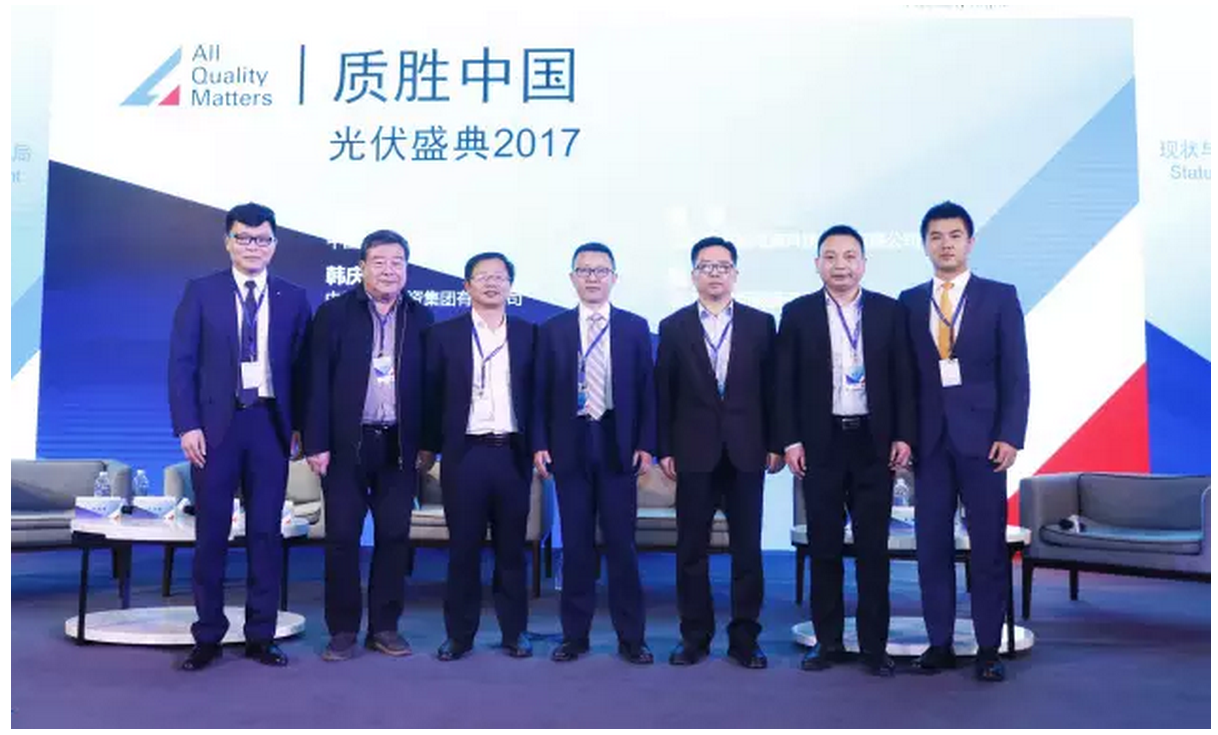
Speaker:
Dinghuan Shi
China Renewable Energy Society
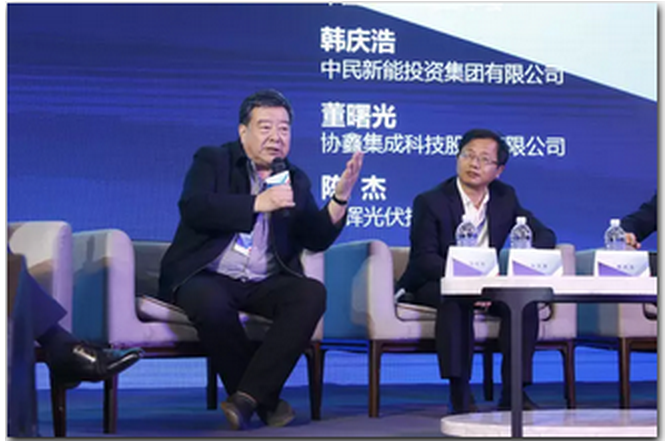
Qinghao Han
China Minsheng Investment Group New Energy
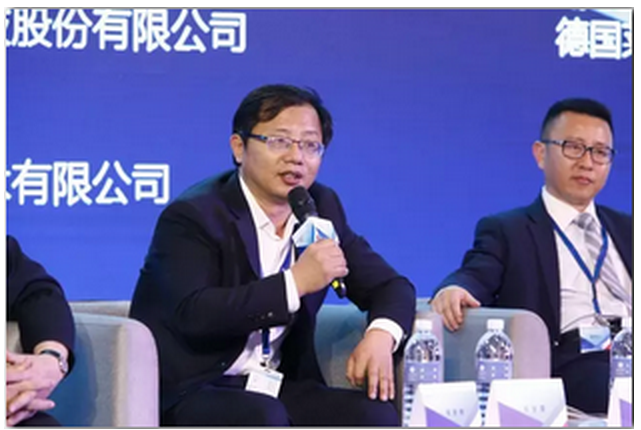
Shuguang Dong
GCL System Integration Technology Co Ltd
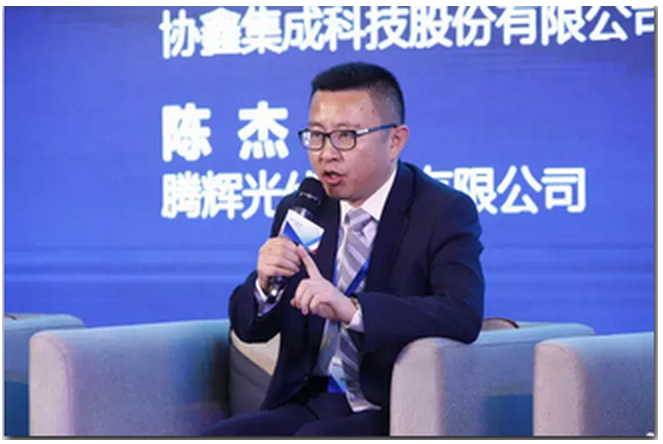
Jie Chen
Suzhou Talesun Solar Technologies Co Ltd
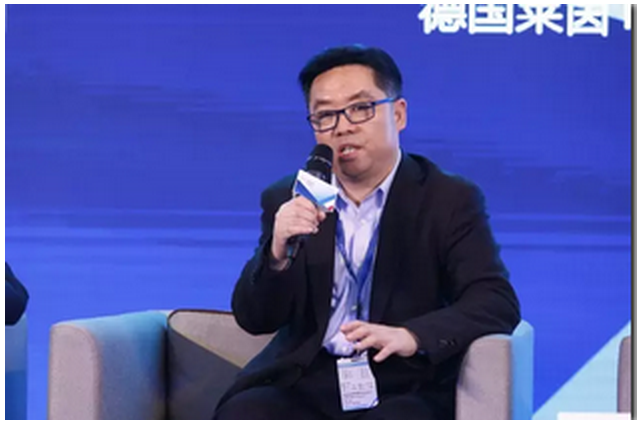
Min Huang
GoodWe (Jiangsu) Power Supply Technology Co Ltd
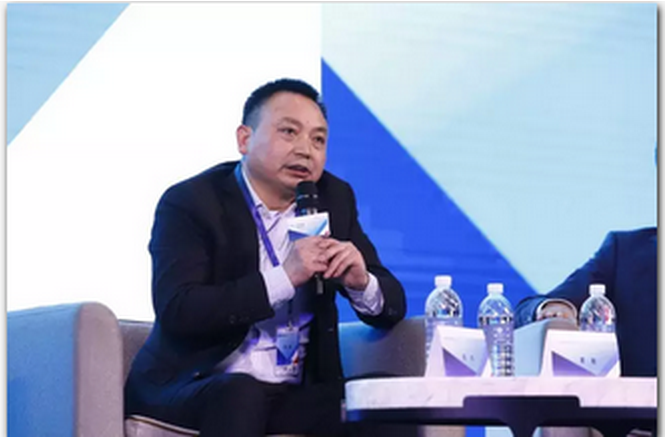
Chuan Lu
CHINT New Energy Development (Zhejiang) Co Ltd

Host:
Chris Zou
TÜV Rheinland
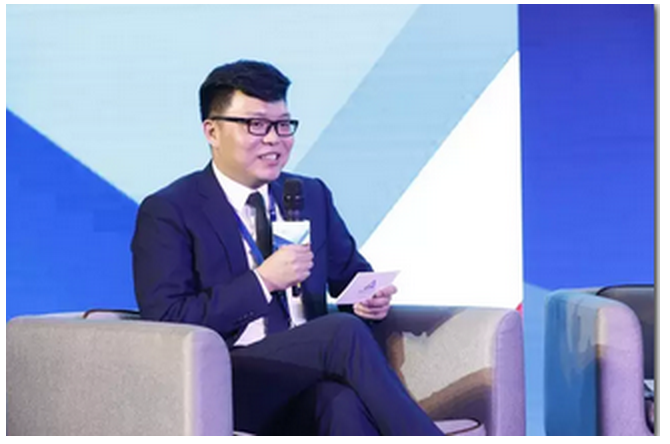
Chris Zou:
Today, we are gathered at the venue of the 2017 “All Quality Matters” Solar Congress and Award Ceremony to discuss the recent development, status and outlook of the PV power plant sector. Numerous PV power plants were established in China in 2016. Mr Shi, what do you think of the development of China’s PV industry in 2016?
Dinghuan Shi:
Thanks to six breakthrough innovations,
the PV industry has become one of the main players in the Chinese energy revolution.
The following breakthroughs were achieved in China’s PV power plant sector last year.
First, the number of PV power plants and installed capacity increased as a result of development in 2015.
Second, the structure of the PV power plant sector changed dramatically. Previously, large centralised PV power plants had been in the majority. Last year, however, distributed PV power generation systems attracted more attention and made up an increasingly large proportion of incremental installed capacity;
Third, numerous technological innovations were achieved along the industry chain last year in terms of cells, modules and raw materials such as silicon.
Fourth, the field of application was expanded through innovation. Solar panels can now be simply mounted on rooftops to develop distributed PV systems. These systems have been applied in various new fields, leading to the development of new types of PV power plant, such as floating PV power plants and agricultural PV power plants. PV systems were also integrated with a poverty alleviation project and e-transportation facility.
Fifth, the entire PV market was expanded. In addition to domestic development, China’s PV players expanded their business overseas. China’s “Belt and Road” initiative paved the way for them to enter the international market.
Next was finance. PV enterprises sought to break away from the conventional development pattern imposed by government subsidies. PV players intended to innovate independently and cut costs to increase their competitiveness relative to conventional energy suppliers.
Chris Zou:
Mr Han, you are from China Minsheng Investment Group New Energy (CMIG New Energy), and have worked in the power industry for a long time. CMIG New Energy is known to have developed rapidly in terms of its structure and investment in PV power plants. What do you consider to be the greatest challenge to the development of the industry?”
Qinghao Han:
The PV industry has been energetically supported by models combining PV with new technologies, finance and poverty alleviation.
However, PV players should be prepared for a sluggish market in the short term.
I think the PV industry has always faced huge challenges. Players must remain innovative to deal with them. CMIG New Energy has developed an innovative set of models known collectively as “PV+ ”. For example, the model “PV + new technologies” was used to develop a 380 MW PV power plant. CMIG New Energy has also developed integrated systems based on sound technologies to maximise system efficiency. As a result, the output of its power plant is far greater than that achieved by other plants at the same technological level.
The second model is “PV + finance”. CMIG New Energy has developed new financial models such as insurance and financial leasing. After all, CMIG, the holding company of CMIG New Energy, is a financial group. CMIG New Energy has also set up financial leasing companies to solve its financing problems.
The third model is “PV + poverty alleviation”. Instead of simply building houses in rural areas, CMIG New Energy has pumped new blood into such areas by increasing asset income and introducing bonding companies to provide financial services. For example, our 380 MW PV power plant occupies a large area, some of which can be used to grow grass and raise sheep to generate revenue for local farmers.
However, the PV industry faces four significant challenges: restricted power output, low electricity prices, subsidy cuts and financing challenges. The industry is expected to be greatly affected by insufficient market demand in the coming year. Many PV enterprises did not reach their incremental quota of 34 GW last year. With a sluggish market, the industry as a whole may slump.
Chris Zou:
Mr Dong, you have just assumed the position of President of GCL System Integration Technology Co Ltd (GCL-SI). What is your strategic planning for GCL-SI?
Shuguang Dong:
“Quality and product similarity are two pain points in PV industry. At GCL-SI, we aim to use intelligent and innovative technologies to manufacture high-quality products.
In my opinion, the PV industry is a conventional manufacturing industry but producing energy-related products. Experts and insiders in the “All Quality Matters” awards emphasize two key issues: quality and product similarity. Product quality is critical to the development of the industry and deserves attention from the whole industry. I believe that the second issue, product similarity, is even more concerning. Practitioners and industrial leaders have implemented similar ideas, homogenising the industry.
I have discussed GCL-SI’s future competitive strategies with my colleagues. The company’s main strategy is simply to find a balance between quality and costs in the pursuit of excellence. An issue recently of interest is quality control along the whole industry chain, from product design to supply chain management. Players try to figure out ways to improve technologies and develop sound products. In April, GCL-SI will launch a large-scale manufacturing activity centred on quality. It intends to make product quality its core competence.
The company’s second strategy is innovation. GCL-SI will not compete in the sector by developing similar products or through price competition. Instead, we strive to use innovative technologies to enhance product quality. We hope to attract more talent to make a greater contribution to the development of the solar energy industry and environmental protection.
Third, the PV industry is still a conventional manufacturing industry. It lags behind advanced manufacturing industries such as the electronics industry and the machine industry. GCL-SI has also adopted a competitive strategy in the crystalline silicon sector. We hope to develop an automated method of manufacturing crystalline silicon products. More advanced than existing intelligent and information-based solutions, the new solution will be at the frontier of PV manufacturing and may even benefit the industry as a whole.
Chris Zou:
Suzhou Talesun Solar Technologies Co Ltd (Talesun Solar Technologies) was one of the earliest PV module manufacturers, and has also invested in and built power plants. Mr Chen, you are in charge of Talesun Solar Technologies’ strategic planning. Can you share the company’s innovative model of power plant investment?
Jie Chen:
“Intelligent PV + high-tech agriculture” was recognised as one of the top 10 innovative models promoting the development of agriculture, rural areas and farming in China
Resources and markets in the Chinese PV industry are unbalanced. In western China, resources are rich but the market is small. The cost of transmitting power to eastern China is high, and land resources in this region are scarce. In addition, the Ministry of Land and Resources of the People’s Republic of China has regulated land use in eastern China. As an early player in the power plant sector, Talesun Solar Technologies faced difficulties: land resources were difficult to access in eastern China but power output was restricted in western China. Hence, it was necessary to find ways of building PV power plants, agricultural PV power plants in particular, in eastern China. After repeated exploration and practice, the company created the innovative model of "intelligent PV + high-tech agriculture" to combine PV with agriculture. This innovation has won 34 patents at home and abroad. I shall now elaborate on the model.
Shade-tolerant plants are the only option for farmland in conventional agricultural PV power plants. The intelligent PV + high-tech agriculture model allows cereal crops such as wheat and rice to be grown on a massive scale on these sites. In addition, the whole process has been mechanised to deeply integrate the PV industry with agriculture, achieving the steady growth of agriculture and a sustained increase in rural income. The same piece of farmland thus offers multiple revenue streams: electricity revenue, agricultural income and tax revenue.
In addition, a big data based cloud system has been built to monitor soil fertility and temperature. The farmland can be irrigated and fertilised via devices installed on the frame of the power plant, achieving smart agriculture. The Chinese Academy of Agricultural Sciences found that the rice yield per mu of farmland on the PV power plant site was 692 kg: slightly greater than the equivalent yield of ordinary farmland nearby. In addition, the farmland required less fertiliser due to the installation of devices such as solar insecticidal lamps to eliminate the four main pests, namely rats, mosquitoes, sparrows, and flies.
Talesun Solar Technologies has developed a PV greenhouse in which to plant grass and breed livestock in Qinghai in western China. The sheepfold is made of thermal insulation boards. In addition, solar heating devices have been installed to keep the sheep warm in winter. The project has been welcomed by local shepherds.
Talesun Solar Technologies has called the project its “omnipotent PV model”, and hopes that it will yield tens of thousands of kg of crops. The project has been reviewed by experts from 17 government sectors, such as the Ministry of Agriculture, the Ministry of Science and the Technology and Ministry of Land and Resources, at a meeting organised by the China Agricultural Economics Society last October. The project has been praised for its contribution in several areas, corresponding to the poverty alleviation model’s multiple revenue streams: increasing the overall rate of land use, achieving steady agricultural growth and sustaining an increase in rural income. It is a win-win solution, benefiting the nation and its people.
In addition, to answer the call for county-level poverty alleviation efforts by industrial groups made by the State Council’s Leading Group Office of Poverty Alleviation and Development, Talesun Solar Technologies has developed a tailored poverty alleviation project called the “PV poverty alleviation farm”. An 0.4 MW PV power plant will be built in each village, with a potential annual electricity revenue of RMB300,000. In addition, a PV agricultural research institute has been established to enable the uniform growth of crops on farmland under PV panels. Farmers with labour capacity have been selected to jointly establish village-level agricultural cooperatives to become industrial workers, making the poor self-dependent. Villagers will escape poverty altogether, receiving a stable revenue from power generation, agriculture and jobs based on the PV power plant for 20 years. The model has been approved by the State Council’s Leading Group Office of Poverty Alleviation and Development. It is regarded as a “revenue-generating” model of tailored poverty alleviation and will be promoted and reproduced in 128,000 impoverished villages in China.
Chris Zou:
Mr Huang, you are from GoodWe (Jiangsu) Power Supply Technology Co Ltd (GoodWe). You are known to be particularly affiliated with the PV or renewable energy industry. Can you share the latest progress made in this area by GoodWe?
Min Huang:
“PV + energy storage”: the energy Internet has already been put into practice
When developing a PV inverter 4.5 years ago, GoodWe predicted that the “PV + energy storage” model would lead development in the future. It thus invested in the sector to develop a bidirectional PV inverter, and established a new company, a joint venture in Australia. This company received investment from Australia’s largest electrical power company last September. Currently, its research team, consisting of more than 50 researchers and software engineers from various countries, is constructing a software platform that integrates PV with energy storage, the Internet of Things and the Internet. It has already brought in ROT to connect PV with home appliances such as washing machines, refrigerators, television sets and air conditioners, as well as connecting electric cars with charging piles for demand-side management. Next, it will develop technologies to achieve blockchain Internet financial transactions. The largest Australian electric power company intends to pilot test the beta version of the platform with 10,000 households in a selected region this year. The software will be promoted gradually later on. I have exchanged ideas with executives from the electrical power company, who regard the project as part of an energy revolution. The company is a conventional electrical power company, but will reform itself by promoting the new technology. I believe that the technology has already been promoted in European countries such as Germany. Although China is still a long way behind, I believe that it will eventually follow. GoodWe is not content to be merely an inverter provider. Against a backdrop of great technological change, we hope to provide valuable technological solutions for customers.
Chris Zou:
CHINT is an outstanding Zheijang enterprise. In addition, CHINT New Energy Development (Zhejiang) Co Ltd long ago shifted its focus from PV module manufacturing to PV power plant investment. Mr Lu, we have talked a lot about quality and the adverse effect on quality of cost pressure. How does CHINT balance cost and quality?
Chuan Lu:
The smart energy supplier.
CHINT plans to continue energetically pursuing research on PV. It also intends to use various renewable energies to optimise electrical devices to enhance the performance of its PV power plant and thereby balance cost and quality. It rigorously trains and manages migrant workers, whose performance may greatly affect construction quality and overall power plant operation. CHINT has recently been praised in the industry for its quality control. It focuses on several aspects that are normally neglected. Other players concentrate on product quality rather than construction quality. However, workers have different skills, requiring diversified training approaches. CHINT has developed down-to-earth approaches to train them. It provides operation manuals and videos to help improve construction quality at the power plant. It balances cost and quality via these approaches.
CHINT intends to supply smart energy in the future. With high expectations of the PV sector, it developed 12,000 distributed rooftop PV power plants last year. It will also distribute energy-saving materials and charging files via these plants to develop additional PV products and schemes in the future. CHINT will also sell electricity. Currently, distributed rooftop power plants supply only at most 25% of enterprises’ electricity; the remaining 75% is bought from the state grid. CHINT will invest in devices such as transformers once incremental electricity distribution business is dominant in the sector. CHINT already manufactures these devices. Therefore, its current systems will be advantageous. For example, it has developed an “Internet + ” model that allows users to check the output of its power plant via mobile phones. All of these initiatives are expected to provide excellent services for people and enterprises. Hence, CHINT is dedicated to becoming a smart energy supplier in the future.



